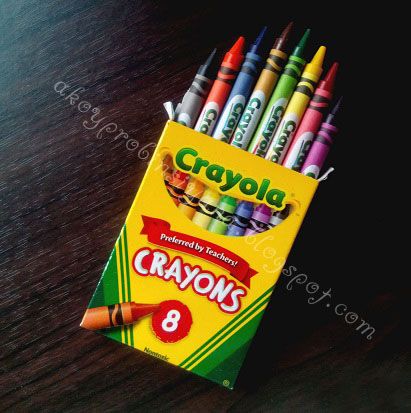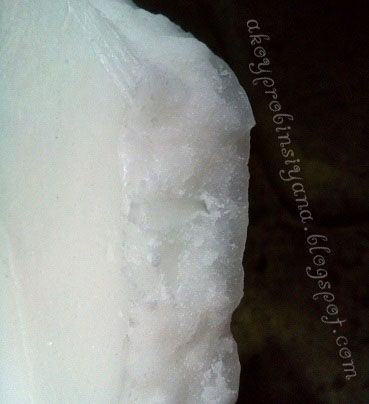Some candle making DIYs in YouTube uses crayon in their candles because of its accessibility. It is not proper to use crayons though as its known to clog wicks. Maybe its okay for occasional projects but not for a long term. Besides, a piece of crayon can only color a little amount of wax compared to dyes intended for candles. You need a lot of crayons to have a deep shade while increasing the chance of totally clogging the wick. The flame of your candle will suddenly die if it's clogged. Crayon is believed to be more expensive too.

I'm yet to discover if its real though. To experience is to believe. I want to see if it will really clog the wick and if it's really cheaper to use a dye. The smallest box containing 8 pieces of crayons costs 21.75php. I'm guessing that dye is only cheaper when bought in bulk. I hypothesize too that crayons does clog only if you put a lot.

